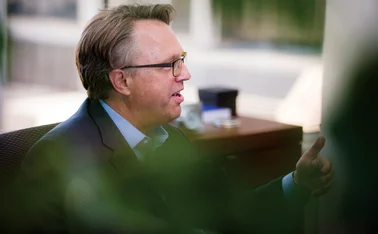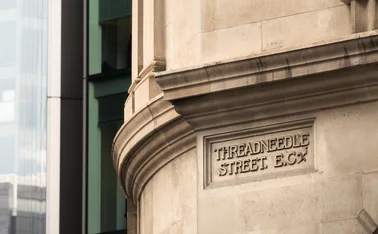
The shift to a multi-polar world
US policies may hasten a decline in the use of dollar

The Federal Reserve wrapped up its final (perhaps?) quantitative easing programme in late October, having purchased $3.7 trillion in assets over a six-year period. This clears the way for the first increase in US interest rates since 2006. A substantial rise does not look likely for some time, given Fed chair Janet Yellen’s concerns about the nature of unemployment. But the Fed is moving in the opposite direction to the world’s next largest central banks, the European Central Bank (ECB) and Bank
Only users who have a paid subscription or are part of a corporate subscription are able to print or copy content.
To access these options, along with all other subscription benefits, please contact info@centralbanking.com or view our subscription options here: subscriptions.centralbanking.com/subscribe
You are currently unable to print this content. Please contact info@centralbanking.com to find out more.
You are currently unable to copy this content. Please contact info@centralbanking.com to find out more.
Copyright Infopro Digital Limited. All rights reserved.
As outlined in our terms and conditions, https://www.infopro-digital.com/terms-and-conditions/subscriptions/ (point 2.4), printing is limited to a single copy.
If you would like to purchase additional rights please email info@centralbanking.com test test test
Copyright Infopro Digital Limited. All rights reserved.
You may share this content using our article tools. As outlined in our terms and conditions, https://www.infopro-digital.com/terms-and-conditions/subscriptions/ (clause 2.4), an Authorised User may only make one copy of the materials for their own personal use. You must also comply with the restrictions in clause 2.5.
If you would like to purchase additional rights please email info@centralbanking.com test test test








